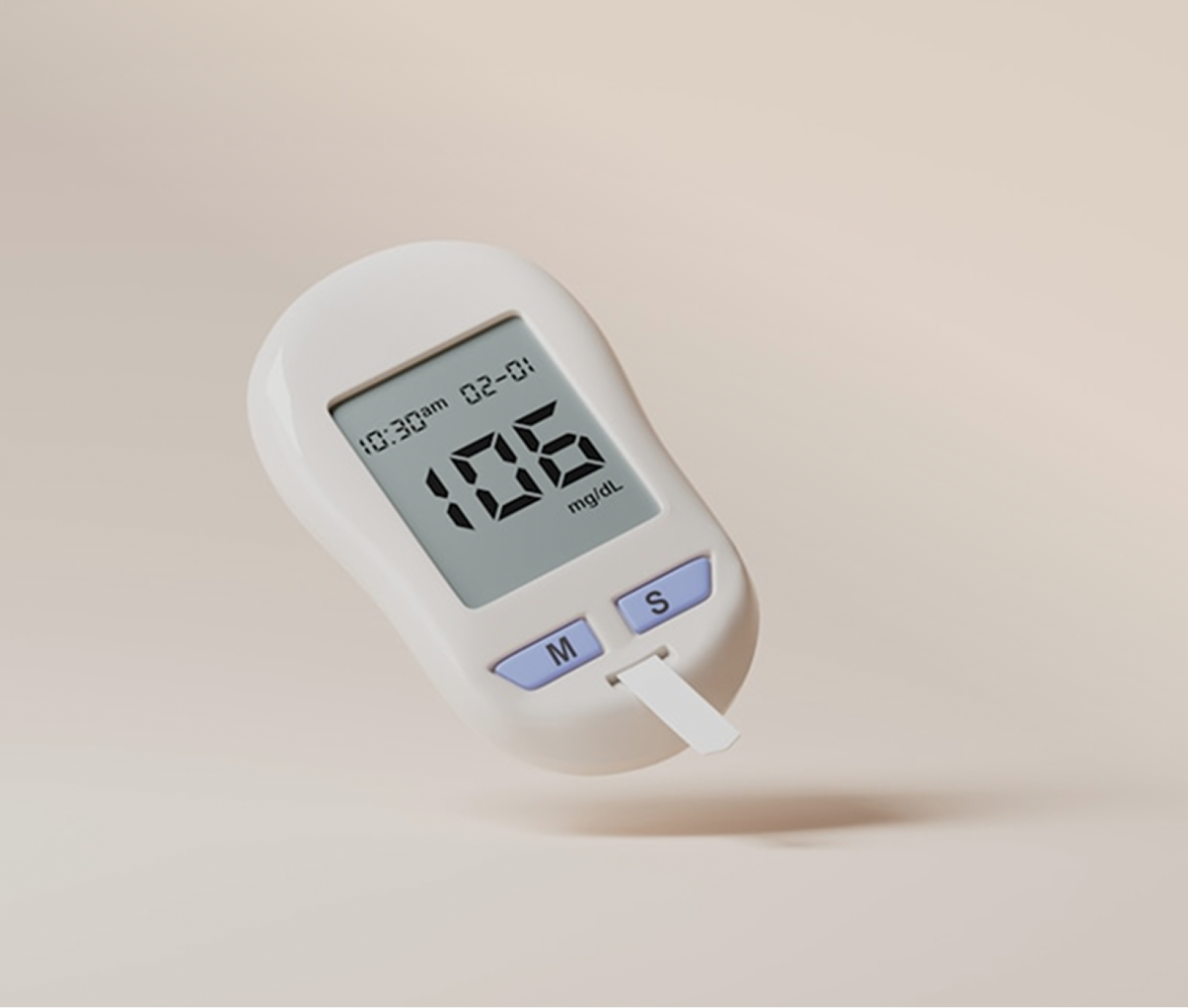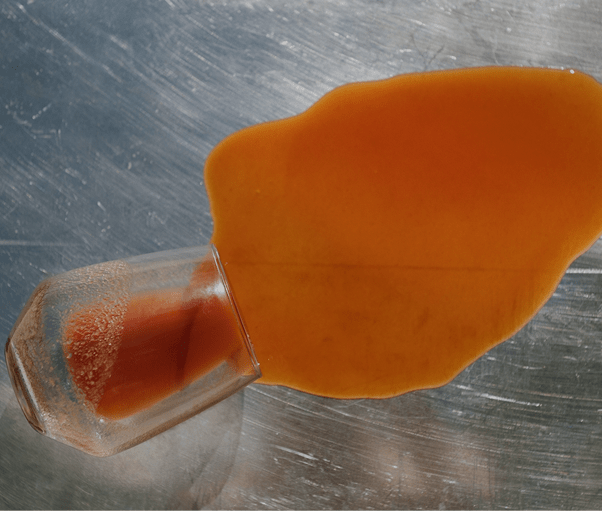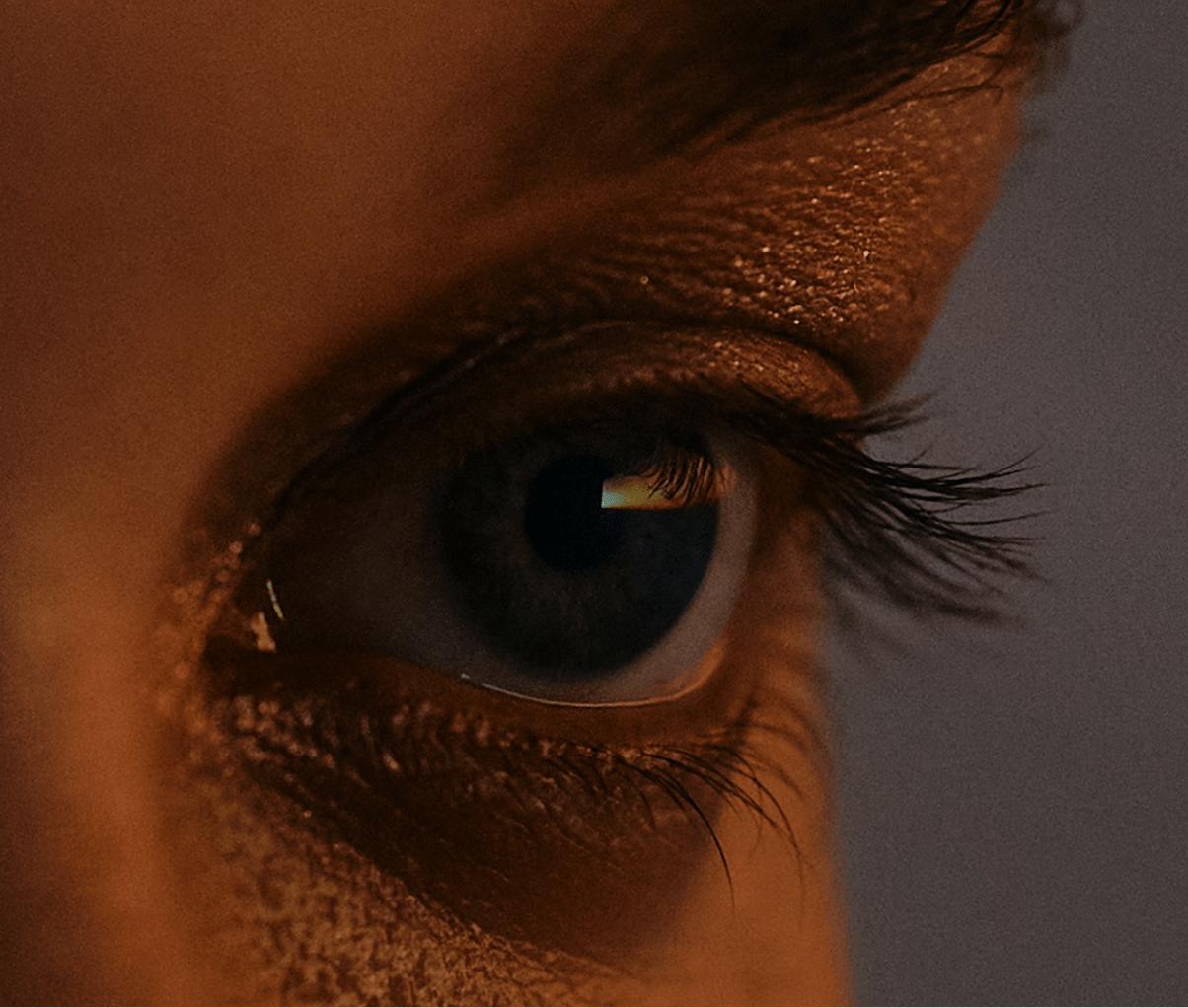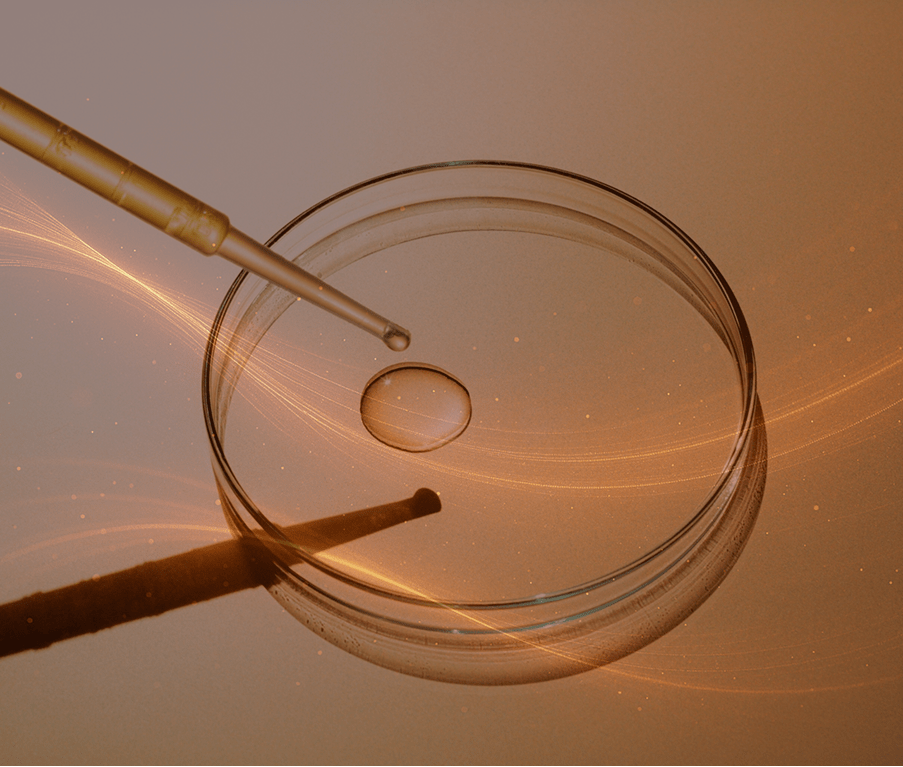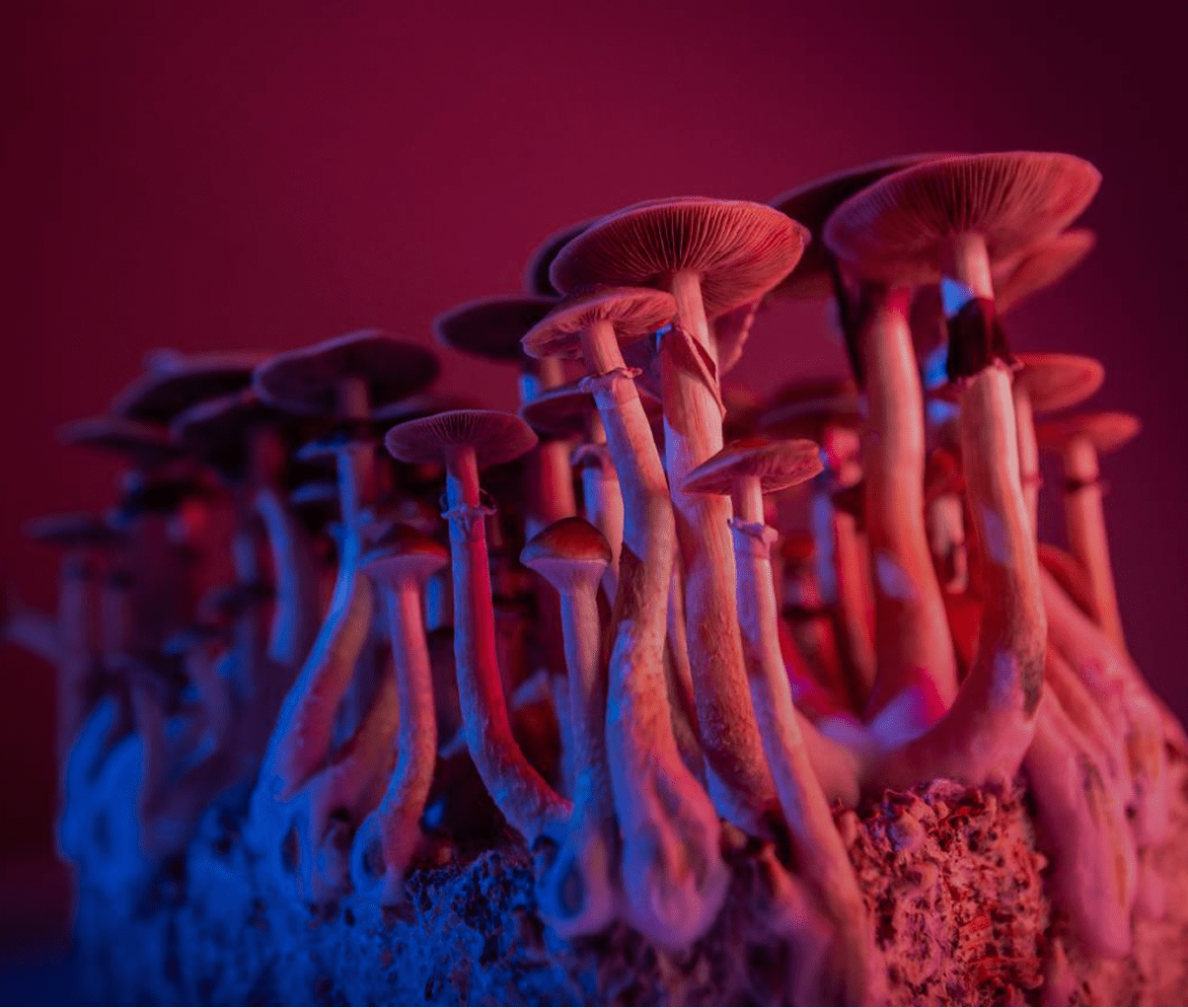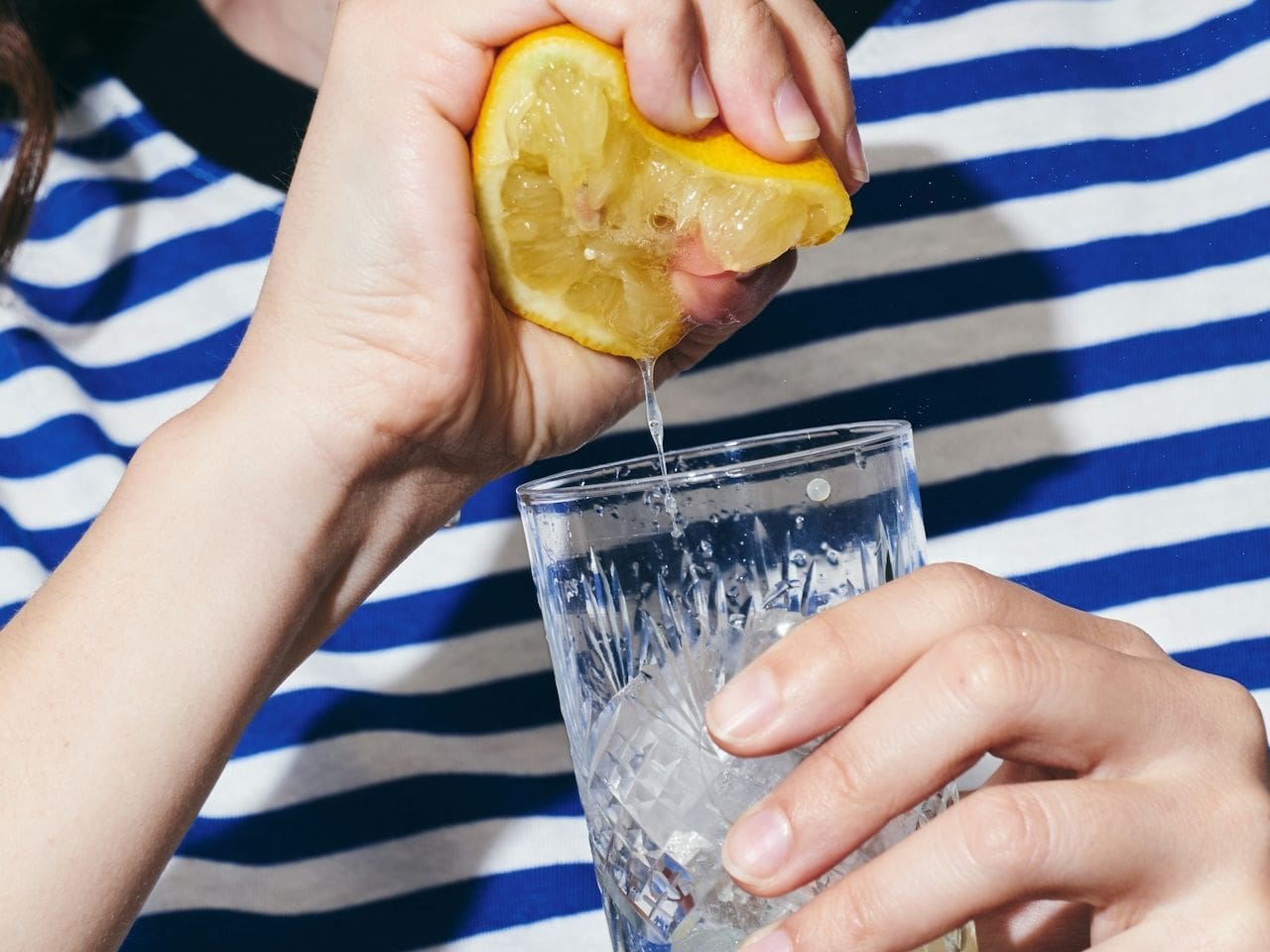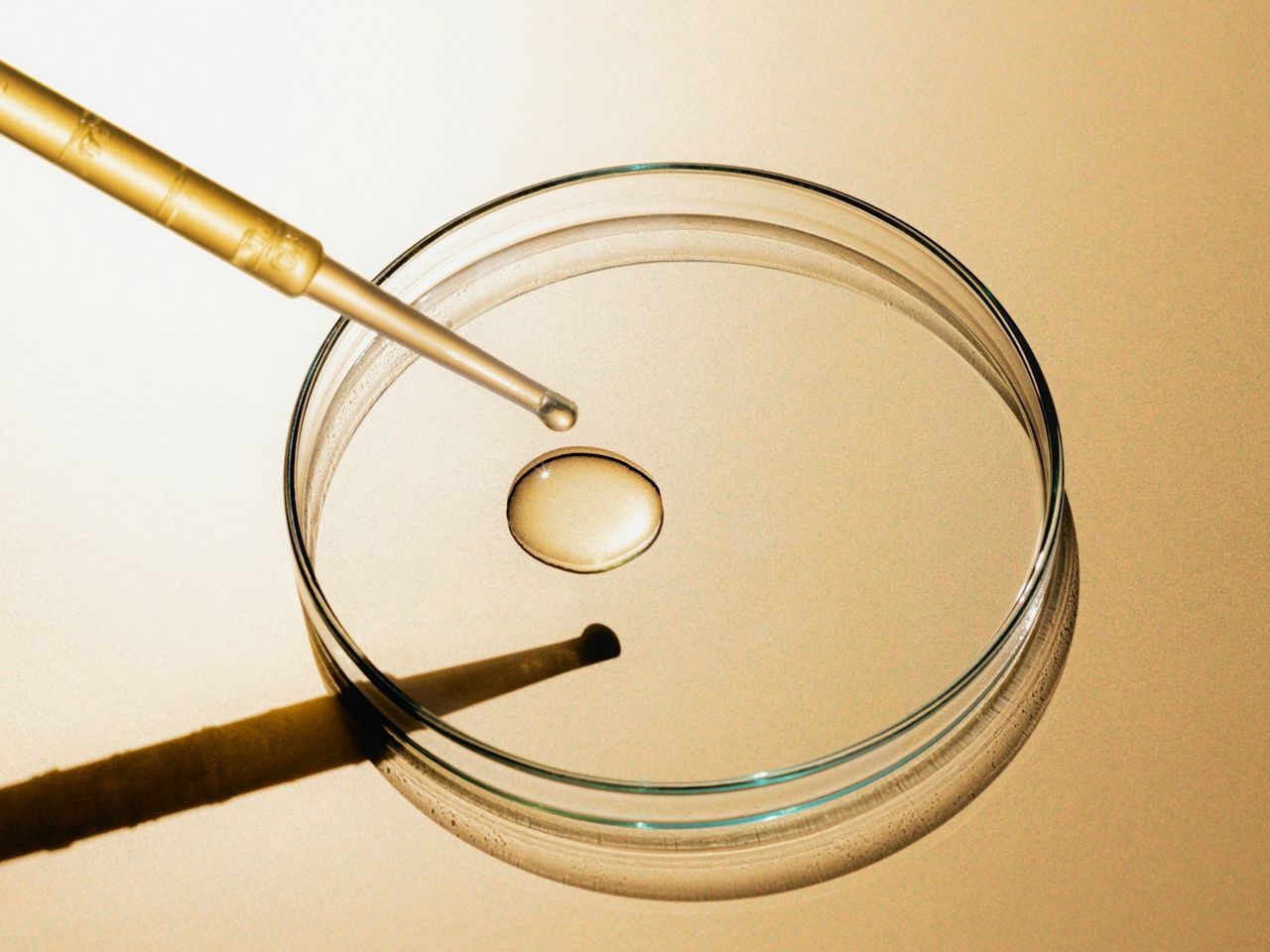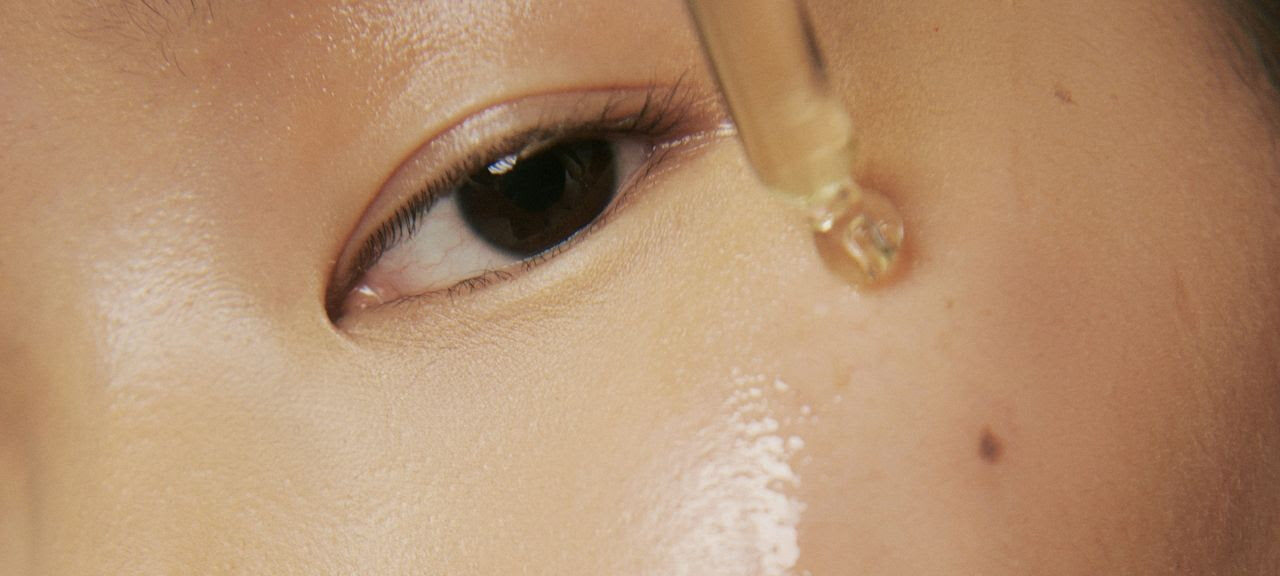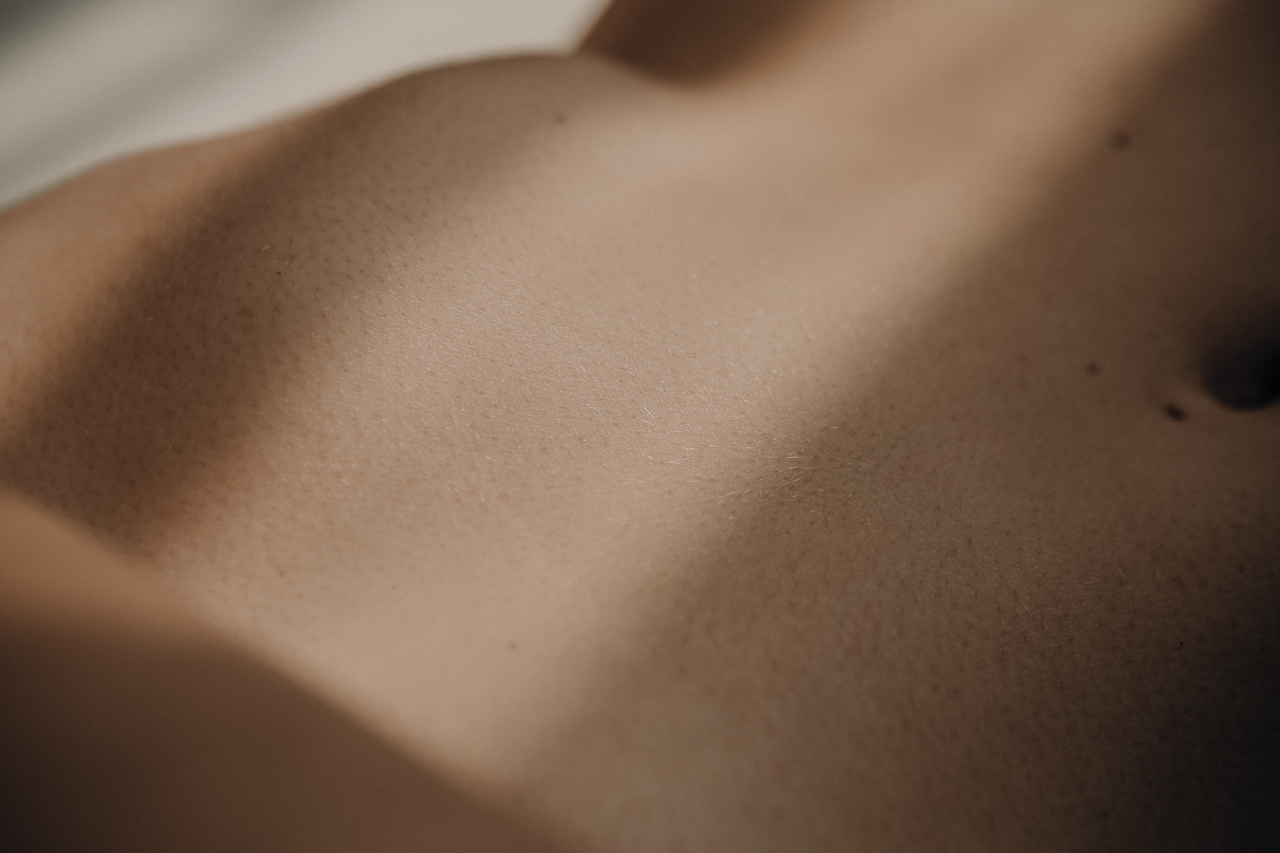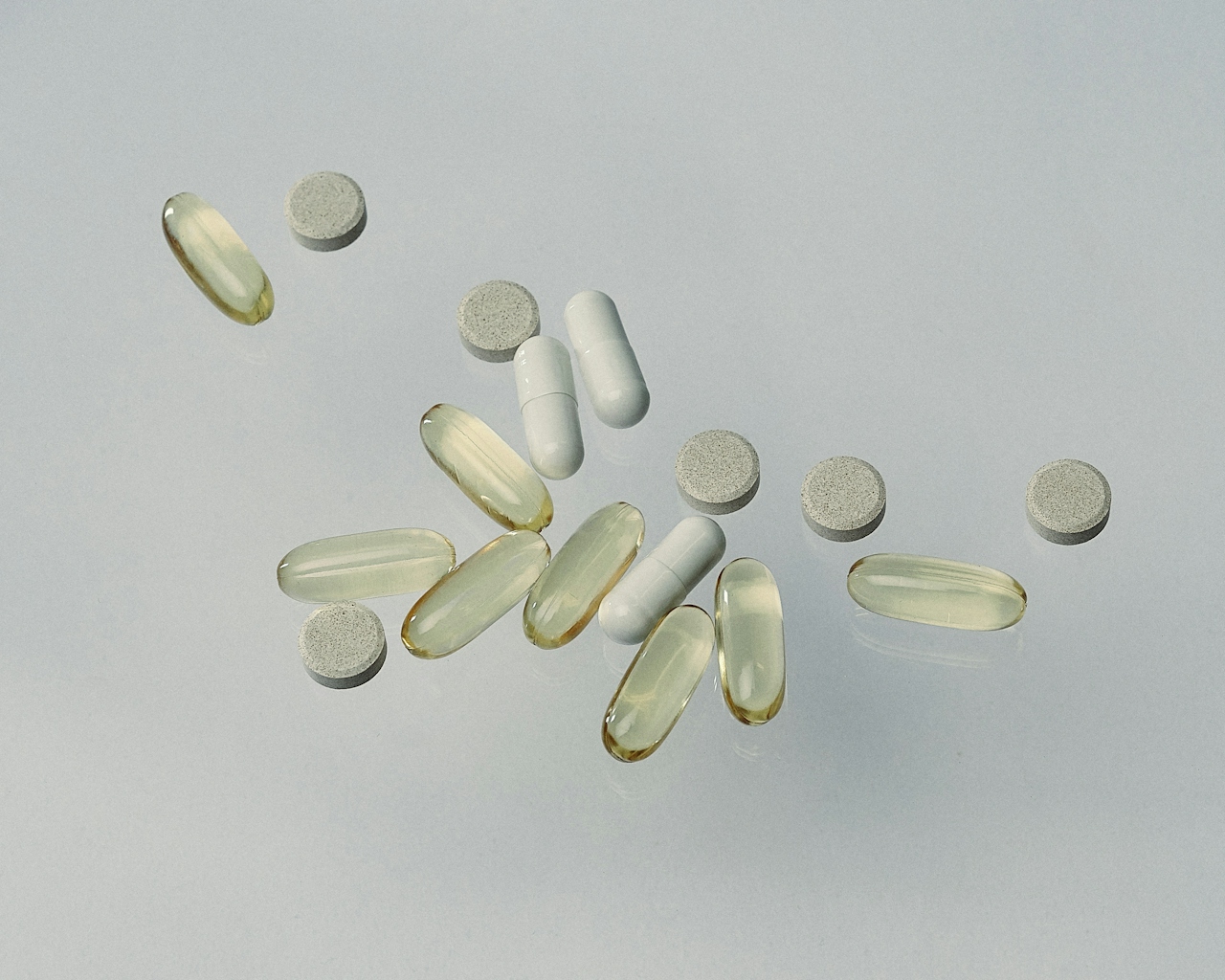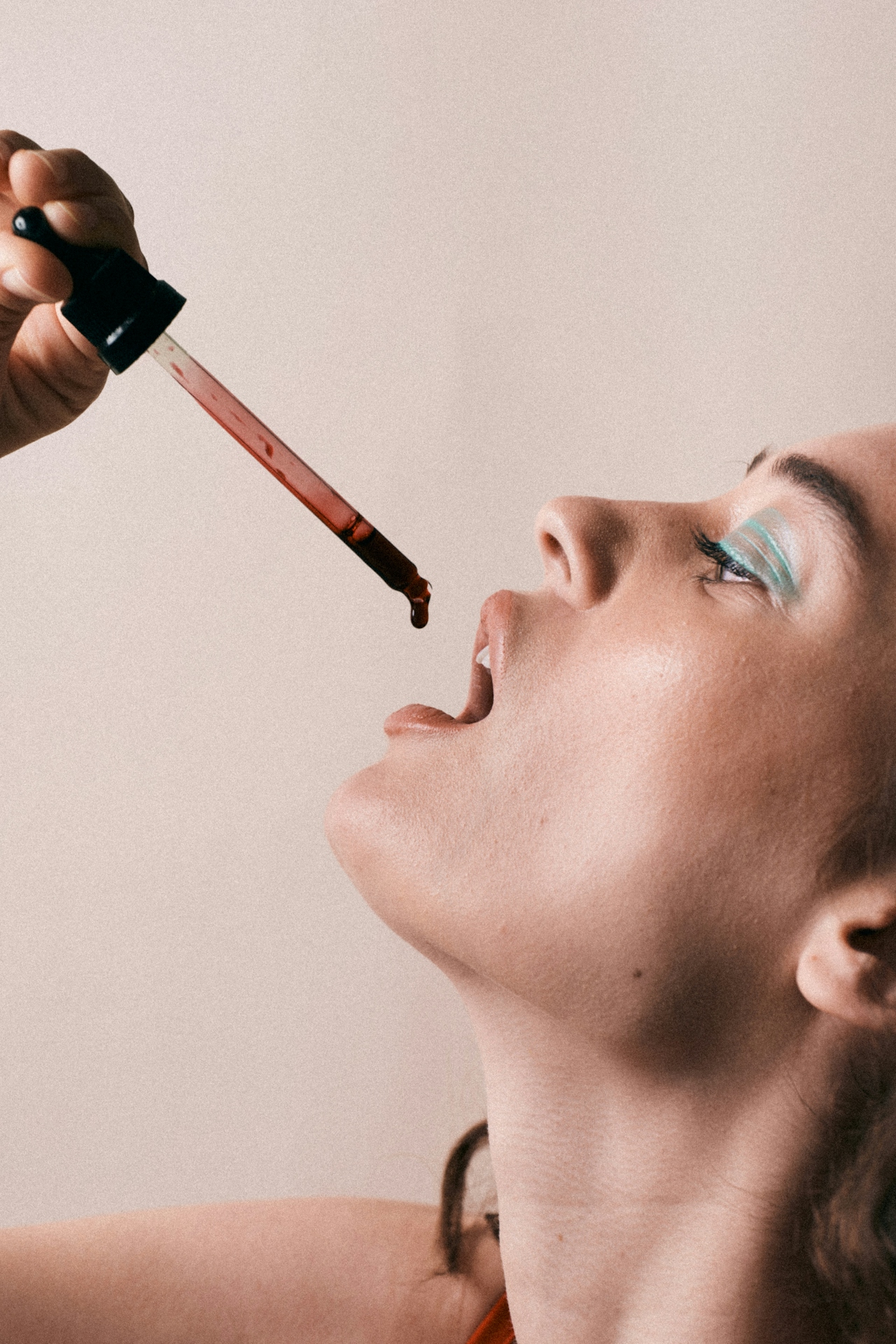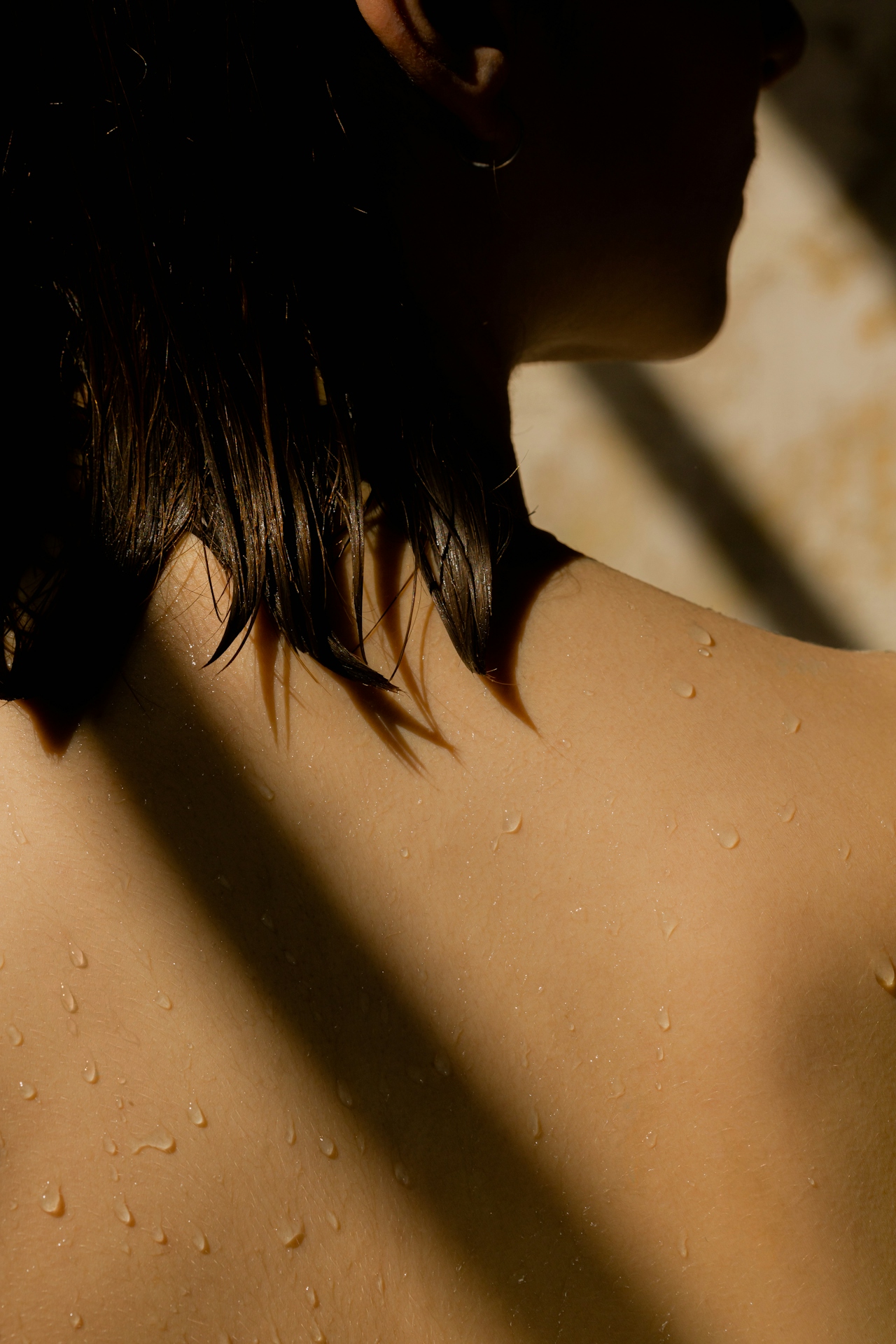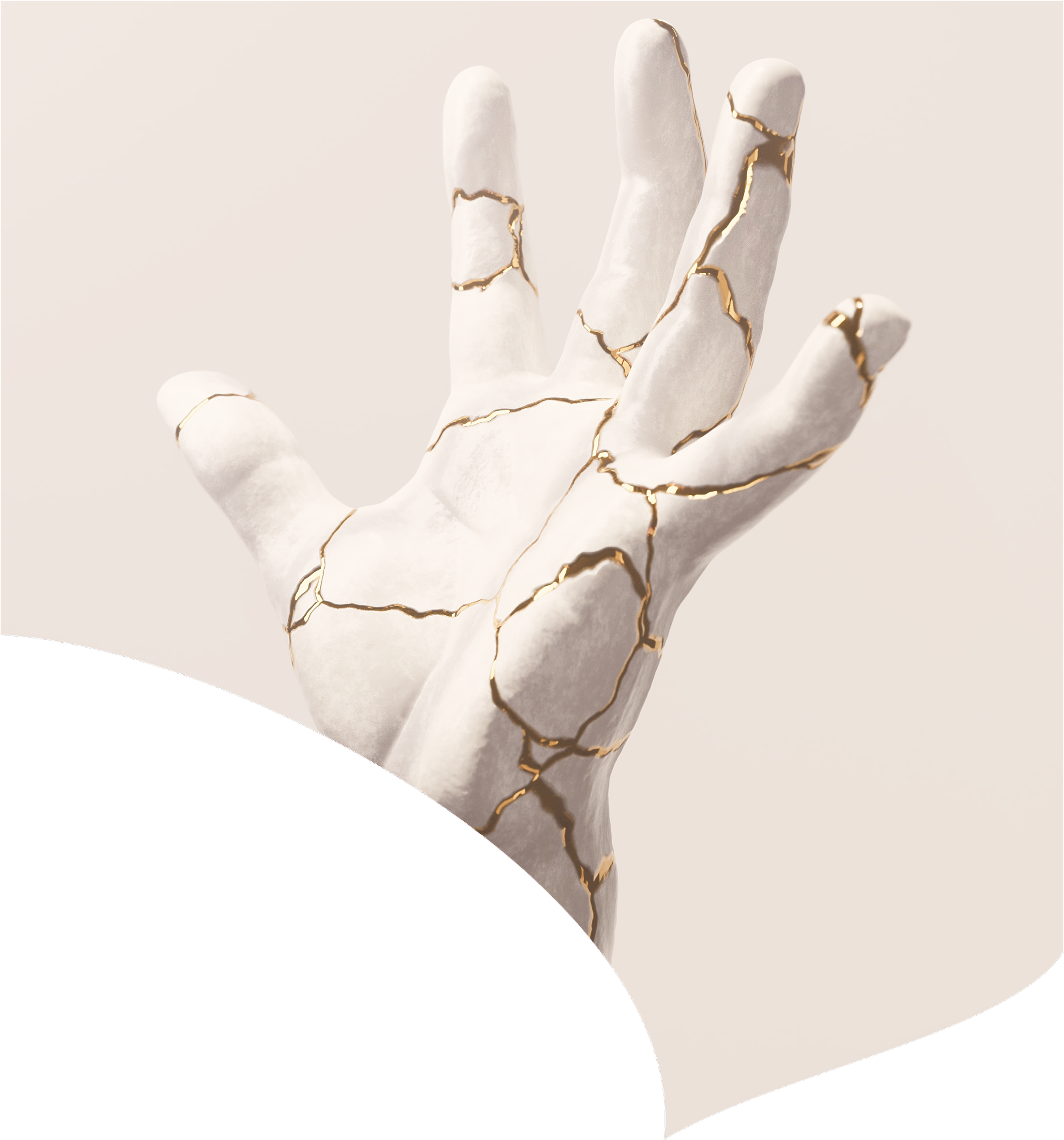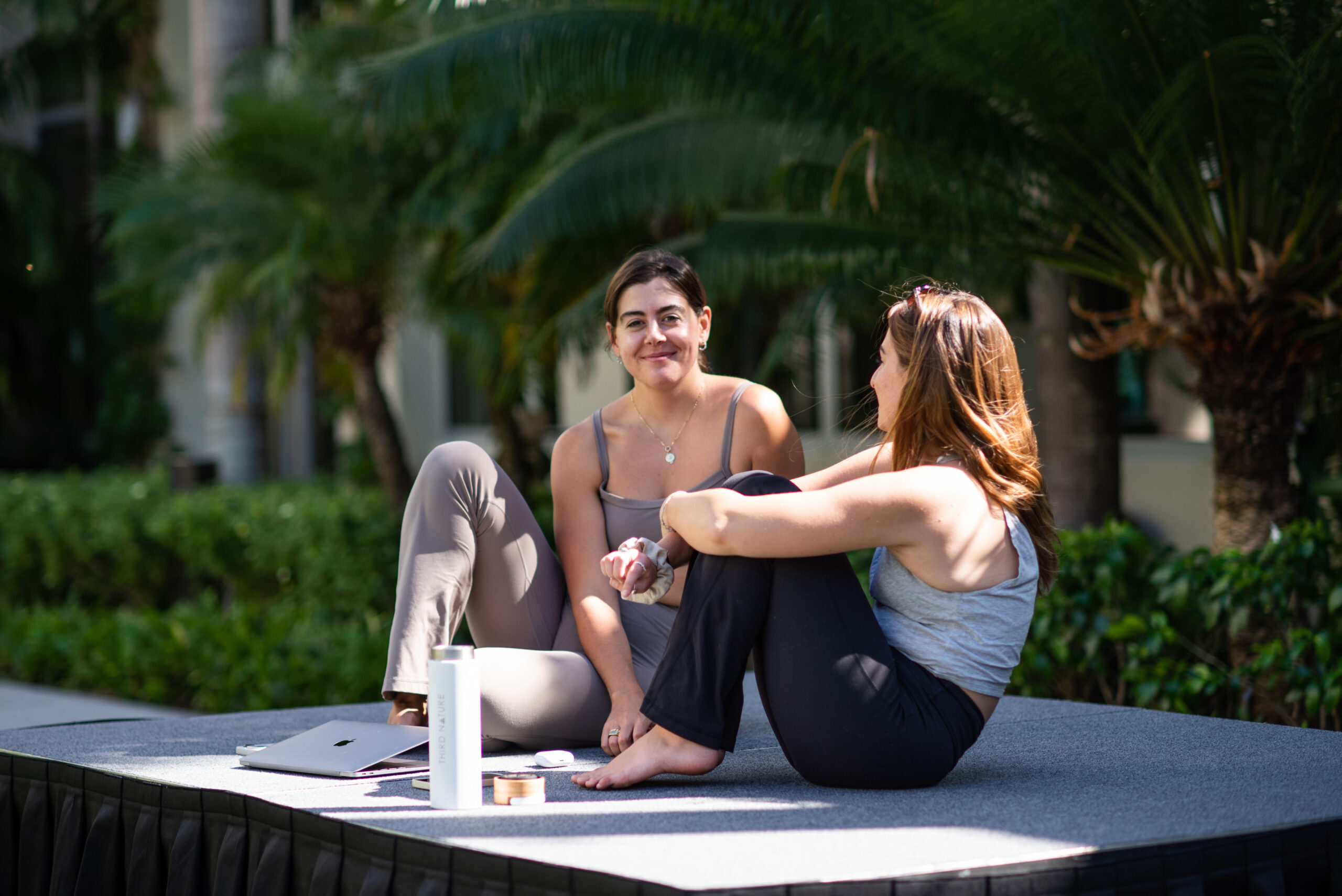
For centuries, humans have pursued the fountain of youth. We've tried potions, elixirs, and rituals—all in the quest to turn back time. Today, this pursuit takes the form of a multi-billion-dollar industry that promises eternal youth in a jar with scientific-sounding ingredients and clever marketing that plays on our deepest insecurities.
The reality is that your skin—the largest organ of your body—is capable of renewal, repair, and resistance to aging—if you know how to treat it right. In this issue, we dive into the emerging longevity science to answer one question: How do I actually support youthful, resilient skin?
Skin health and anti-aging science can get pretty technical. This newsletter isn’t about how to stay hydrated in winter or pick the best washcloth. We’re going to assume you know about facial cleansers and moisturizers, and just explore what’s new in skincare and anti-aging science.
Skincare is not one-size-fits-all. Please talk to your doctor or dermatologist before making any changes to your routine or experimenting with new products or techniques.
WHAT ACTUALLY AGES YOUR SKIN?
Your skin ages due to two main factors: intrinsic and extrinsic aging.
Intrinsic aging is your natural biological clock—driven by genetics—and begins as early as your mid-20s. Our skin is made up of proteins like collagen (the main structural protein in your skin that keeps it firm, plump, and youthful) and elastin (the protein that lets your skin snap back after stretching). These are considered the fundamental building blocks of a healthy complexion. So when these proteins degrade, so does the structure and appearance of your skin.
Collagen production decreases by about 1% per year. By age 50, you may have lost nearly 30% of it—maybe more—leading to thinner, less firm skin.
Other factors include:
- Cellular senescence (where damaged cells stop dividing and release inflammatory signals)
- Mitochondrial dysfunction (which increases free radicals)
- Hormonal shifts like declining estrogen, and
- The shortening of telomeres, which limits cellular renewal and visibly ages skin
Extrinsic aging is caused by environmental and lifestyle factors. Chronic inflammation from stress or a poor diet breaks down collagen and speeds up wrinkle formation. Stress-induced cortisol thins the skin, while high sugar intake triggers glycation, making collagen brittle. Pollution, antibiotics, and especially UV rays all generate free radicals (reactive molecules that damage cells and speed up aging). Photodamage—primarily from UVA rays—destroys collagen and elastin at a deep level.
SHINING A LIGHT ON THE SUN AND YOUR SKIN
We can’t talk about skin health without mentioning the sun.
You may have heard it before: “90% of skin aging comes from sun exposure.” But if you work indoors or spend most of your time inside, that number is likely exaggerated. Windows block most UVB and some UVA rays, and incidental exposure (walking to your car, sitting by a window) often falls below the threshold to cause long-term damage.
That said, excessive sun exposure clearly damages skin, breaks down collagen, causes pigmentation, and raises skin cancer risk. As such, sunscreen remains an important tool for protecting against UV damage. But it's essential to understand how it works and when it's most beneficial.
Sun Protection Factor (SPF) primarily measures protection against UVB rays. An SPF 30 product theoretically allows you to stay in the sun 30 times longer without burning than if you had unprotected skin. The difference between SPF 30 and higher ratings is relatively small. SPF 30 blocks about 97% of UVB rays, while SPF 50 blocks about 98%. No sunscreen can block 100% of UV radiation.
Physical/mineral filters (like zinc oxide, titanium dioxide) reflect and scatter UV rays while chemical filters (like oxybenzone, octinoxate) work by absorbing UV radiation and converting it to heat.
A 2019 JAMA study found some chemical ingredients (avobenzone, oxybenzone, octocrylene, homosalate, octisalate, and octinoxate) enter the bloodstream above FDA safety thresholds.
So here’s the smartest sunscreen strategy:
- For outdoor days, use mineral sunscreen (which present fewer concerns), seek shade at peak hours, and wear protective clothing.
- For indoor days, skip the daily SPF unless you’re in direct sunlight for hours.
- Don’t forget that morning sun (15–30 mins at a time) provides vitamin D, helps immune balance, and triggers melanin production.
SKINCARE FUNDAMENTALS
The best approach to support your skin's health and resilience addresses both intrinsic and extrinsic aging through multiple channels: topical skincare, internal support, and lifestyle optimization.
Retinoids
No serious anti-aging skincare discussion is complete without retinoids. These vitamin A derivatives are considered the gold standard for skin rejuvenation and are among the most extensively studied topical anti-aging compounds. Retinoids come in both topical and oral forms, depending on the formulation and intended use.
They work by accelerating cellular turnover, which helps shed dead skin cells and reveal fresher, healthier skin. By stimulating collagen production, retinoids can reduce the appearance of fine lines and wrinkles. Retinoids can also regulate oil production, which helps prevent clogged pores. This makes them highly effective for those who struggle with acne. Finally, retinoids can fade hyperpigmentation and even out skin tone.
Consistent use has been shown to visibly improve skin in as little as 3–6 months, with peak results typically seen at the one-year mark.
However, retinoids can cause side effects, especially if not introduced gradually, including irritation (dryness, peeling, redness, and sensitivity) during the adjustment period and ongoing photosensitivity—increased vulnerability to sun damage—which makes strict daily SPF usage necessary.
Retinoids are not suitable for everyone. Individuals who are pregnant, breastfeeding, or have very sensitive skin may need to avoid them.
Popular forms include retinol, tretinoin, and isotretinoin (Accutane). While Accutane is primarily prescribed for acne, emerging research suggests low doses may also reduce fine lines, minimize sun damage, and shrink visible pores.
Vitamin C and the Antioxidant Trifecta
While retinoids drive cellular renewal, vitamin C and other antioxidants protect skin from environmental damage that accelerates aging. Topical vitamin C—specifically L-ascorbic acid—is one of the most researched and effective antioxidants in skincare.
Here’s what it does:
- Stimulates collagen synthesis, helping rebuild what time and UV rays degrade
- Brightens skin tone by inhibiting tyrosinase, the enzyme involved in melanin production
- Neutralizes free radicals from sun exposure, pollution, and normal metabolic activity
For enhanced stability and results, vitamin C is often paired with vitamin E and ferulic acid—a combo known as the “antioxidant trifecta.” Vitamin C regenerates oxidized vitamin E, and ferulic acid stabilizes both and improves UV protection.
When used under sunscreen, this trio has been shown to provide up to 8x more protection against environmental oxidative stress compared to sunscreen alone—making it a powerful first layer of defense in any daytime skincare routine.
Alternative Bioactive Compounds
If retinoids cause irritation, or you're pregnant or have sensitive skin, don’t worry—there are well-researched gentler alternatives that still deliver visible results.
Bakuchiol is a plant-based compound derived from Psoralea corylifolia, long used in Ayurvedic medicine. It’s often called “botanical retinol” for good reason. A 2018 randomized trial found that twice-daily bakuchiol was as effective as retinol at reducing wrinkles and hyperpigmentation over 12 weeks—with significantly less irritation.
Resveratrol, a polyphenol found in red wine and grapes, protects skin cells by neutralizing free radicals and enhancing your skin’s own antioxidant defenses. Applied topically (usually at night), it helps defend against UV-induced oxidative stress and may even reduce inflammation and signs of photoaging.
Niacinamide (vitamin B3) is a multitasking powerhouse. It strengthens the skin barrier by increasing ceramide production, reduces inflammation and redness, minimizes hyperpigmentation, and improves skin elasticity and smoothness over time.
These ingredients may not replace retinoids entirely, but they’re excellent options.
THE NEW FRONTIER OF SKINCARE
The anti-aging skincare landscape is evolving quickly. What was once anecdotal or cosmetic is now the subject of controlled trials, molecular studies, and biotech development.
The science now spans dermatology, longevity research, and bioengineering. These emerging tools suggest a new paradigm—where aging is treated not as fate, but as a complex system open to intervention.
Peptides
Peptides have emerged as key players in modern skincare, thanks to their ability to act as messengers that trigger specific biological functions in the skin. These short chains of amino acids are being engineered in topicals to target everything from collagen loss to inflammation and pigmentation.
You’ve likely seen them on product labels—because they’re everywhere now.
Signal peptides, like palmitoyl pentapeptide-4 (known as Matrixyl), stimulate fibroblasts to produce more collagen and elastin, leading to firmer, smoother skin with fewer fine lines. Carrier peptides, such as GHK-Cu (copper tripeptide-1), help deliver essential minerals like copper into the skin while also encouraging tissue repair. Multiple studies show they can tighten sagging skin, reduce wrinkle depth, and soothe inflammation. There are also neurotransmitter-inhibiting peptides, like acetyl hexapeptide-8 (Argireline), designed to relax facial muscles and minimize expression lines by subtly mimicking the effects of Botox—without the needle.
Peptide technology is evolving rapidly. We now have:
- Enzyme-inhibiting peptides to reduce melanin production
- Anti-inflammatory peptides to calm stressed, reactive skin
- Antimicrobial peptides (AMPs) with antioxidant properties that may rival traditional acne treatments
The main challenge is delivery.
Peptides are relatively large molecules and often struggle to penetrate the skin barrier effectively. But newer formulations using liposomes, encapsulation, and smart delivery systems are helping these powerful compounds reach deeper layers where they can really make a difference. Beyond topical use, peptides are also being explored in oral supplements and injectable forms for skin health.
Senolytic and Autophagy-Boosting Topicals
A new skincare philosophy is gaining traction: treat aging like a disease—and target the root biological processes behind it. Two key mechanisms from longevity science are making their way into topicals: cellular senescence and autophagy.
Senescent cells—damaged “zombie cells” that linger and cause inflammation—accelerate aging and impair skin repair. Senolytic skincare aims to clear them, giving healthy cells room to regenerate. Meanwhile, autophagy-boosting topicals help skin self-clean by breaking down cellular junk. One standout is topical rapamycin. In a small trial, it reduced signs of senescence and improved elasticity, tone, and thickness.
Other promising compounds—like spermidine, fisetin, and urolithin A—are under study. But some, like rapamycin, may suppress immunity, so safety is still being evaluated.
More than just new ingredients, this signals a shift: from masking age to restoring skin health at the cellular level.
Collagen and Longevity Supplements
Oral supplements are becoming an increasingly central part of the skin longevity conversation, whereas we have focused almost exclusively on topical solutions in the past.
Collagen supplements have exploded in popularity, appearing in powders, capsules, and gummies. The claims are that daily collagen supplementation improves skin hydration, elasticity, and firmness, with visible reductions in wrinkle depth.
It’s not that ingested collagen goes straight to your face. Instead, these peptides are absorbed into the bloodstream and stimulate fibroblasts in the dermis to produce more collagen, elastin, and hyaluronic acid.
But the jury is still out. Many collagen products also contain co-ingredients like vitamin C, hyaluronic acid, or zinc, making it difficult to isolate collagen’s precise effects. Still, the evidence suggests a modest but real benefit, particularly after 8–12 weeks of consistent use.
Nicotinamide Mononucleotide (NMN) and
Nicotinamide Adenine Dinucleotide (NAD+)
NMN is one of the most talked-about molecules in the longevity world. It’s a direct precursor to NAD+ (nicotinamide adenine dinucleotide), a molecule essential for cellular energy, DNA repair, and mitochondrial function. As we age, NAD+ levels drop, impairing these critical processes—including in skin cells.
While most NMN research focuses on systemic aging, emerging evidence suggests NAD+ may also enhance skin cell function. This includes improved DNA repair (important for UV-damaged skin), enhanced mitochondrial energy for cellular renewal, and reduced oxidative stress and inflammation.
So how should you take it?
Oral NMN is the most common method and has been shown to raise NAD+ levels in blood and tissue, though the degree of bioavailability is still debated. Sublingual NMN may offer more efficient absorption, bypassing first-pass metabolism.
Topical NMN is an emerging frontier. Animal and lab studies show potential for improving skin structure and reducing signs of aging by restoring NAD+ locally. However, human clinical trials are still limited, and formulating NMN to penetrate the skin barrier remains a challenge.
Transdermal patches and microneedle delivery systems are also being explored as ways to deliver NAD+ precursors directly to the skin.
Some brands are already formulating NMN-based creams and serums, but robust clinical evidence for topical use in humans is still lacking. For now, oral NMN likely offers broader systemic support—including for the skin.
Exosomes and Stem Cells
Anti-aging skincare is increasingly drawing from regenerative medicine, and few areas are as buzzworthy—or as controversial—as exosomes and stem cell–derived factors.
Exosomes are tiny extracellular vesicles secreted by cells—especially stem cells—and are packed with signaling molecules like growth factors, peptides, mRNA, and lipids. They aid in tissue repair and immune modulation. In skincare, the theory is that they can deliver rejuvenating signals to aging skin, promoting regeneration from the inside out.
Early lab and animal studies suggest that topically applied exosomes—often derived from mesenchymal stem cells or platelet-rich plasma (PRP)—may accelerate wound healing, boost collagen and elastin production, calm inflammation, and improve overall skin texture and tone.
But it's still very early. No exosome-based skincare products are FDA-approved, and the FDA has issued warnings about unproven “stem cell” cosmetics making therapeutic claims. If a product claims to alter skin structure or function, it may be regulated as a drug, not a cosmetic.
Despite the regulatory gray zone, exosome facials and serums are already offered by aesthetic clinics and high-end skincare brands. Experts recommend caution until there’s more robust safety and efficacy data in humans.
The science is still in its infancy, but the potential of exosomes to act as precise, biologically active messengers makes them one of the most exciting frontiers in both longevity and dermatology. For now, it’s a space to watch closely.
THE SKIN MICROBIOME
Recent research has uncovered that the skin is home to a complex microbiome made up of bacteria, fungi, and viruses that actively support skin health. When this delicate balance is disrupted—by aging, harsh skincare products, antibiotics, or environmental stressors—the result can be increased inflammation, compromised barrier function, and accelerated visible aging.
Topical ingredients in microbiome skincare include:
- Prebiotics (e.g., inulin, alpha-glucan oligosaccharide): Applied topically, these feed beneficial skin bacteria and promote microbial balance.
- Probiotics (e.g., Lactobacillus or Bifidobacterium ferments): Since live probiotics are hard to stabilize in cosmetics, they are more common in body care than facial skincare.
- Postbiotics (e.g., short-chain fatty acids, peptides, enzymes): Topically applied metabolites produced by bacteria can reduce inflammation and strengthen the skin barrier.
- Fermented ingredients (e.g., fermented rice water, yeast filtrate): These are used in serums, essences, and creams for their bioactive compounds, antioxidant properties, and enhanced skin absorption.
- pH-balanced cleansers: Applied topically to avoid disrupting the acid mantle (~pH 4.5–5.5), these support healthy microbial communities.
There is emerging interest in oral probiotics for skin health—especially for acne, eczema, and inflammation—but this falls more under gut-skin axis research than direct skin microbiome support.
ADVANCED THERAPIES AND CUTTING-EDGE SOLUTIONS
Beyond topicals and emerging biologics, there’s a growing class of in-office treatments and device-based therapies that are becoming staples in advanced skin longevity protocols.
Devices and Treatments
Red Light Therapy (RLT)
Red and near-infrared light penetrate the skin and stimulate mitochondria to boost cellular energy production, collagen synthesis, and tissue repair. RLT also helps reduce inflammation and improve circulation. With consistent use—10–20 minutes, 3–5 times per week—RLT has been shown to improve wrinkles, tone, and texture.
Microneedling
By creating controlled micro-injuries, microneedling stimulates the skin’s natural healing process, triggering collagen and elastin production, cell turnover, and enhanced product absorption. Monthly professional treatments deliver the best results, while at-home devices (0.25–0.5mm) can help maintain texture and firmness. There are some long-term risks associated with microneedling, so make sure it’s right for you.
Radiofrequency (RF) and Ultrasound
These non-invasive, painless treatments deliver thermal or mechanical energy to the dermal layers, prompting collagen remodeling and skin tightening without surface damage. A professional session every 6–12 months can lift and firm sagging areas—especially around the eyes, cheeks, and jawline. At-home panels or masks are widely available and most effective with consistent use: 10–20 minutes per session, 3–5 times per week. Results are gradual, with subtle but meaningful improvements over 4–12 weeks.
Tixel
This fractional skin resurfacing device uses a heated titanium tip to stimulate collagen regeneration with shorter downtime than lasers. It improves skin tone, pigmentation, and fine lines—ideal for patients seeking visible results without aggressive recovery.
Softwave
Using ultrasound energy, Softwave targets mid-dermal tissue to trigger neocollagenesis—the creation of new collagen. It offers a gentle but effective tightening effect, making it a great option for non-invasive facial rejuvenation.
Ingredients and Injectables
Microbotox
This technique uses diluted Botox injected into the superficial dermis to minimize pores, reduce oil production, and smooth skin texture—without freezing facial expressions. Think of it as a skin polish, not a muscle relaxer.
Hyaluronic Acid (HA)
Topically, HA delivers deep hydration and plumps fine lines. But injectable HA fillers go deeper—restoring volume in the midface, temples, and jawline with immediate, natural-looking results.
Sculptra and Renuva
Rather than filling space, Sculptra (a collagen stimulator) and Renuva (a fat matrix replacer) activate your body’s ability to regenerate lost volume over time. Effects build gradually and last up to two years, offering subtle, long-term improvements in skin thickness and contour.
Platelet-Rich Fibrin (PRF)
This next-gen version of PRP uses your own blood to release growth factors slowly over time, enhancing collagen production, healing, and cell turnover. It’s often paired with microneedling or injected directly into targeted areas like under the eyes or nasolabial folds.
LIFESTYLE INTERVENTIONS
The science is advancing quickly, but no topical, procedure, or supplement can compensate for lifestyle factors that accelerate skin aging.
Sleep Quality
During deep sleep, your body boosts blood flow to the skin and accelerates cellular repair. Skin cells regenerate 30% faster during sleep. Aim for 7-9 hours nightly, with consistent sleep and wake times.
Need tips on how to improve your sleep? Check out “The Sleep Issue” to catch the Zs you’ve always dreamed of.
Anti-Inflammatory Diet
A diet rich in polyphenols, omega-3 fatty acids, and low in processed foods and sugar supports skin health. Don’t smoke. Don’t drink too much alcohol. Consume colorful fruits and vegetables for antioxidant protection, and stay well-hydrated to support skin barrier function.
If you missed it, read “The Superfoods Issue” to learn the perfect foods to support your skin.
Stress Management
Chronic stress elevates cortisol, accelerating collagen breakdown. Mindfulness practices, breathwork, and regular exercise can mitigate this effect. Research shows that regular meditation can reduce stress-related inflammatory markers by up to 15%.
PRIORITIZING YOUR SKINCARE
Healthy skin isn’t just cosmetic. It’s foundational.
As your largest organ, skin health belongs right alongside good food, regular workouts, stress care, and emotional balance in any longevity plan.
|
Disclaimer: This newsletter is provided for educational and informational purposes only and does not constitute providing medical advice or professional services. The information provided should not be used for diagnosing or treating a health problem or disease, and those seeking personal medical advice should consult with a licensed physician.

December 19, 2025

December 12, 2025

December 8, 2025

December 5, 2025

November 21, 2025

November 14, 2025

November 14, 2025

November 7, 2025

October 31, 2025







